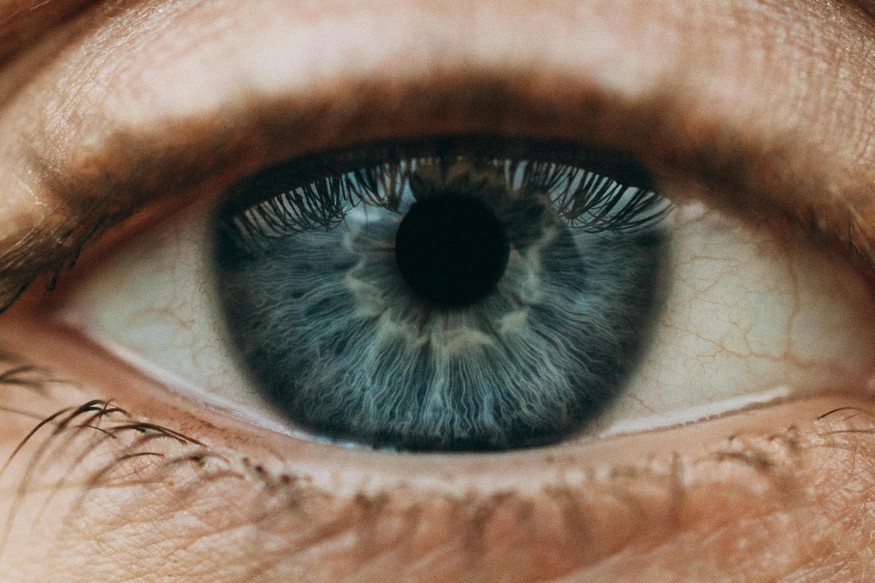The phrase "as far as the eye can see" suggests great distance, but how distant can the naked human eye perceive? While people often employ optical aids like binoculars and telescopes to view distant objects, unaided human vision is influenced by multiple factors.
These factors include height, lighting, and atmospheric conditions. Considering these variables and other pertinent aspects, human vision can indeed encompass considerable distances.

Human Vision Is Infinite
Essentially, human vision is virtually boundless; one can perceive vast distances extending for miles. Under clear conditions, the human eye can observe up to approximately 3 miles due to the Earth's curvature defining the horizon. Nevertheless, structures such as skyscrapers can be seen from even greater distances when no horizon obstructs the view.
Regarding the ocean, one's vision is limited to around 2.9 miles due to the Earth's curvature establishing a horizon boundary. However, when gazing skyward during the night, the human eye can discern stars located millions of miles away. It's important to note that objects that are both bright and substantial, such as the moon, sun, and stars, are more easily visible.
Visual Acuity and Image Processing
"Visual acuity" pertains to the sharpness of one's vision, wherein a 20/20 vision is considered typical or healthy visual acuity, signifying the ability to perceive an object at a distance of 20 feet that should be visible from that range. In contrast, a person with 20/100 vision would also clearly see an object at 20 feet, whereas someone with standard vision would discern it from 100 feet.
Conversely, if an individual possesses 20/12 vision, it signifies the capability to see an object clearly at 20 feet, whereas most people would require a distance of 12 feet for a clear view.
When observing an object, the eye and brain undergo a rapid and intricate series of steps: Light emanating from an object reflects off the cornea, the eye's transparent outer layer, and passes through to the pupil.
Simultaneously, the iris muscles control pupil size, adjusting it based on ambient light conditions. Light rays proceed through the lens, sharpening as they reach the retina, situated at the back of the eye, and housing nerve cells known as rods and cones.
These cells convert light rays into electrical signals, which then travel from the eye to the brain via the optic nerve, ultimately forming images. Assuming all relevant bodily components and processes for clear vision function properly, the constraints on one's range of vision are contingent on factors such as the line of sight, the illumination, and the object's size being observed.
Factors Affecting Human Vision
Multiple factors influence how far you can see. Here are some of them:
- Height - A person standing unobstructed can typically see up to the horizon, which is about 2.9 miles for an individual of height, such as 5'7". However, when positioned at a greater elevation, like the 779-foot tower The Bow in Calgary, the sightline can extend to roughly 33.5 miles due to increased distance from the horizon, making taller objects more visible from a distance.
- Brightness - When it comes to celestial objects like stars, visibility depends more on the emitted light's brightness than its proximity to Earth.
- Air Temperature - Hotter air near a scorching road causes differences in air density compared to cooler air, creating mirages with bent light.
- Eye Health - Healthy eyesight is crucial for your ability to see. Hence, it is important to have regular eye exams and suitable eyewear when needed.
- Line of Sight - The visibility of distant objects can be hindered by obstructions depending on their angles.
RELATED ARTICLE: 3D Eye Models Improve Lens Selection for Post-LASIK Surgery Patients To Enhance Vision Precision
Check out more news and information on Eye Health in Science Times.
© 2026 ScienceTimes.com All rights reserved. Do not reproduce without permission. The window to the world of Science Times.










